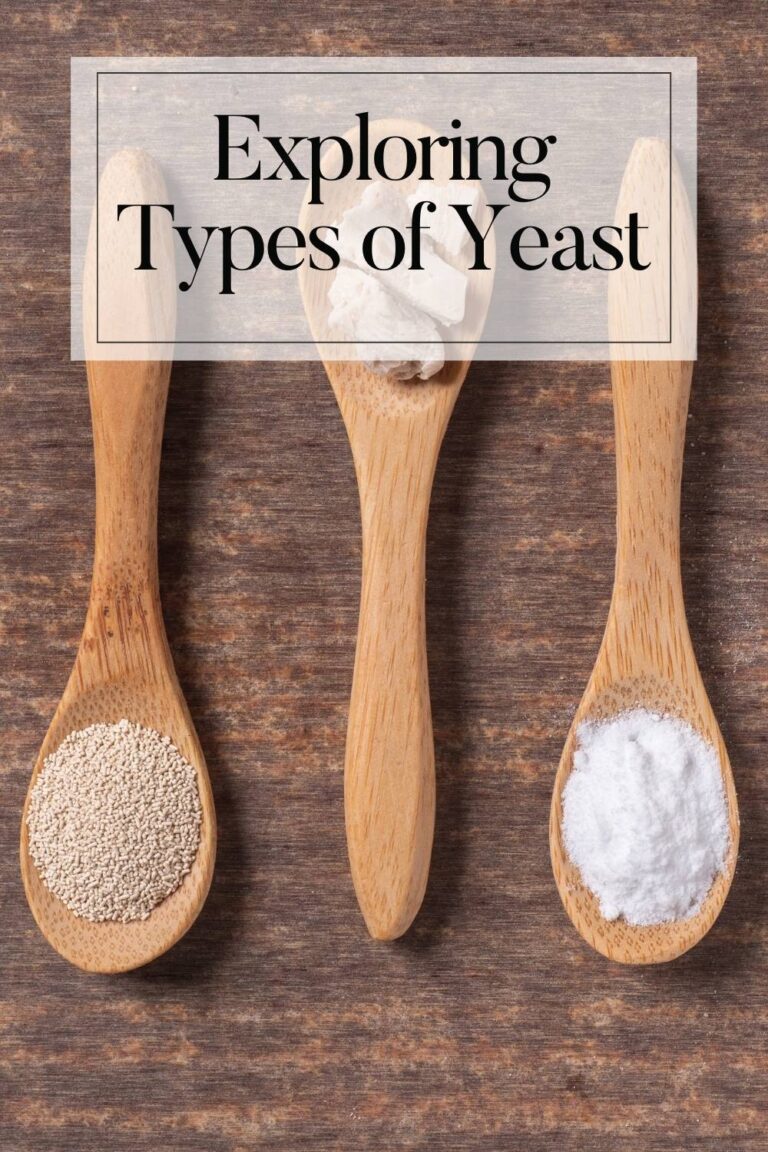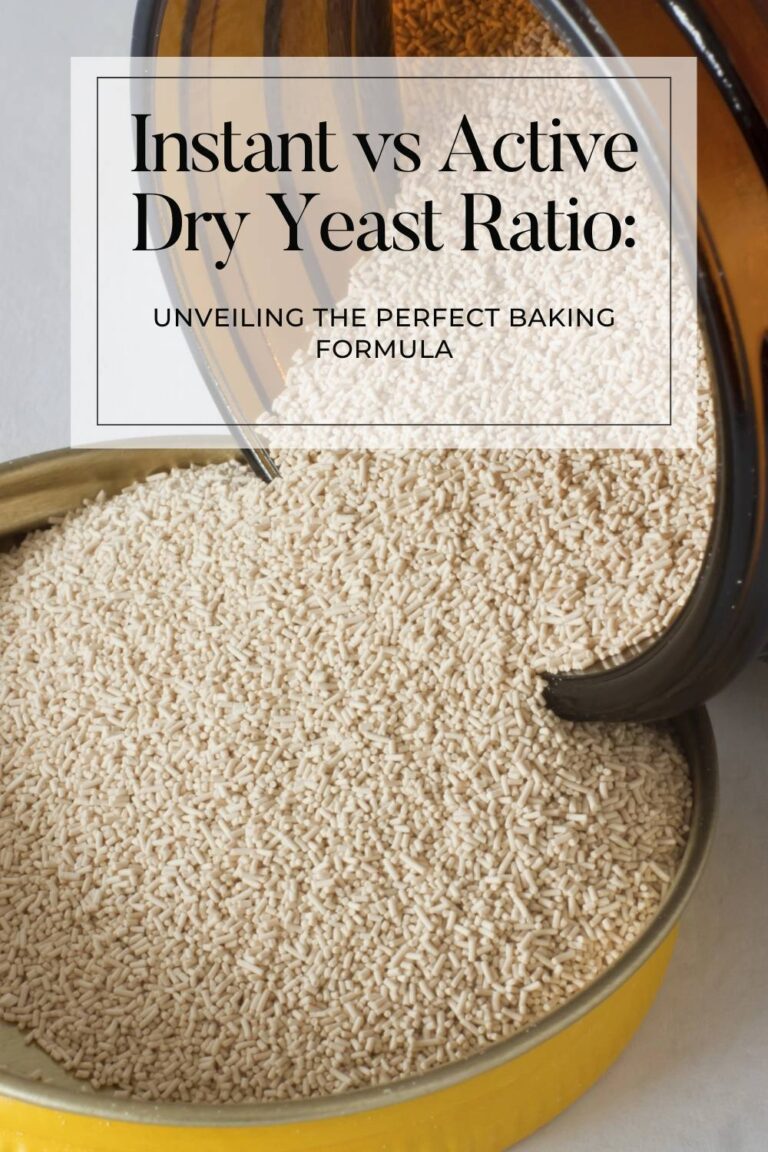How to Easily Make Amazing Pie Dough
There are so many people scared of making Pie Dough. To be honest, I actually used to be one of these people but with a lot of mistakes, trial and error… I have now found that pie dough is actually one of the easiest things I make. This technique is really easy but takes a little patience (waiting overnight) to get it just right. If you have always wanted to make an amazing pie but have been afraid, it is time for you to conquer that fear!
Follow along in this video tutorial to make amazing easy pie dough or keep scrolling for step by step instructions.
Ingredients:
- All Purpose Flour
- Cake Flour
- Shortening or Lard (demonstration uses shortening)
- Salt
- Water
Recommended Equipment/Supplies:
- Mixer with paddle attachment (I use a KitchenAid professional)
- Food Scale (This Taylor scale is my favorite)
- Measuring Spoons
- Plastic Wrap
- Gallon Ziplock Bag
- Disposable Gloves (Optional, but I love to use gloves)
- Container for water/other ingredients
If you break pie dough down, the ingredients are super simple. It is the technique we use that is going to make the pie crust flakey, tender and so good. My favorite way to make pie dough is with Lard but I use shortening in the video above because it seems easier to find a good quality shortening than Lard. I always use a kitchen scale because not only is it less dishes (yay!), it is much more accurate especially when baking. I got used to using a kitchen scale when I would work in our commercial kitchen and have never gone back.
Where to Start
Turn on your scale, let it register to ZERO and take your mixing bowl (or whatever container you are measuring ingredients in) and place it on the scale. Now tare or zero out the container (For more information on how to tare or zero out a scale, I’ve posted it here.)
Adding all the ingredients
Measure your All purpose Flour first. When you have added all the AP flour, zero/tare the scale again and add the cake flour on top of the AP flour. Now, when I am doing just a regular size batch and not a huge batch in the commercial kitchen, I will use measuring spoons to measure the seasonings because it is such a small amount that I don’t want to add too much. I am going to do this with the salt for this recipe. I add the salt into the bowl on top of the flours. When using measuring spoons, you need to make sure you get it accurate. I do this by taking a butter knife and using the flat edge and dragging it over the measuring spoon leaving all the excess in a container to catch it. Next, I am going to take my mixing paddle and stir by hand the ingredients so far. I do this because we don’t want to mix the shortening very long when we put it on the mixer. Once I have mixed the dry ingredients together, I am going to add the shortening/lard on top of the flour mixture. I like to use a disposable glove to measure the shortening because I scoop the shortening right out of the container with my hand. You can use a spoon as well but I prefer to use my hand. After I get the shortening measured, I take my hand and break up pieces of the shortening to be a little smaller as well as coating them in flour. This will help so that we don’t mix as long on the mixer.
Mixing
Now it is time to put the mixture on the mixer. Place your bowl and your paddle and get it situated on the mixer. Turn the mixer to the lowest setting, in my case, that setting is “stir”. I let mine mix for about 30 seconds. If your mixer is super powerful or fast, you may not want to mix as long. You want the mixture to break up into smaller pieces, but not combine. You may have some of the mixture look like it is a sandy or grainy texture and some of the mixture will have a little bit bigger size pieces of fat coated in flour. You may even have some large pieces of shortening. This is actually what you are looking for, the flour mixture needs to be broken up pretty good but not combined like a cookie dough. That will happen when we add the water. If your mixture has all of the above components, you are done with this step. Now comes the hardest part. Waiting……
Waiting
I put my flour mixture into a bag or container that can be sealed tight. I often use a freezer gallon size ziplock bag to store overnight. Next I put the mixture in the freezer… I know that sounds crazy but with how soft and tender the shortening is, I have found that putting it in the fridge doesn’t get it quite cold enough. When you put it in the freezer it freezes those tender pieces of shortening and makes it so that you can add a sufficient amount of water and mix it long enough without mushing the shortening all together. If you put the mixture in the fridge, it will combine too quickly when you add the water. The secret to really good pie dough is that you don’t mush all the shortening pieces together and you add enough water for the crust to be moist. If you don’t add enough water, your pie dough will be incredibly hard to work with and it will also be really tough. If you add too much water, your pie dough will also be tough and not as melt in your mouth tender. When you put your mixture in the freezer, you are able to get the ratio just right and will end up with amazing pie dough. I try to wait overnight before adding the water. You can also leave the bagged mixture in the freezer for at least 6 months if it is airtight and stays frozen (meaning, it doesn’t defrost and refreeze over and over again).
Adding the Water
After you have pulled the mixture out of the freezer, dump it into the mixing bowl and look for any large chunks of shortening. If there are large chunks, break them up with your fingers. I hold the shortening piece in my fingers and press with my thumb to break apart the piece. Once I have gone through the mixture and made sure I had all the large pieces broken up, I put the bowl and paddle back on the mixer. Now, I measure my water. It is important to use cold water. We want to keep the mixture cold while mixing to keep the shortening pieces from mushing together. When it is really warm and I can’t get cold enough water, I will measure the water out and stick it in the refrigerator until I am ready to use it. I have also put ice cubes in my water, but make sure they are all the way melted before pouring into the mixture. The water I used in the tutorial above was 57 degrees and it was straight from the refrigerator filter dispenser. I always measure out a little less water than I need this way I don’t add too much water right off the bat. When I have measured my cold water, I turn the mixer on the lowest setting again, and pour the water into the mixer while running. I don’t pour super slowly but I don’t want the water to all be poured into one spot. After mixing for about 20-30 seconds, I can see that the pie dough is starting to form. What will happen is the top of the mixture will get moistened leaving some of the dry pieces at the bottom. When I see this, I stop the mixer and add a little bit more (or the rest) of my water and turn the mixer on again. As soon as the mixture is all moistened, I turn off my mixer. You don’t keep mixing on your mixer, the rest you will do by hand.
Finishing the Dough
Now, I get the pie dough out of the mixer and dump onto a floured surface. Make sure to use plenty of flour. Because the moisture in the pie dough isn’t completely distributed, we will flour the top of the dough and start kneading by hand. The dough should feel really cold. It will also be pretty soft but should not be sticky. I knead the dough just to make sure all the moisture is evenly distributed. Then, I will break into pieces to store in the fridge, freezer or roll out to make beautiful crusts. Each dough piece should weight between 14 oz-16 oz (1 lb). If I am not rolling the pie dough into crusts right away, I take each dough piece and roll into a ball and then smash into a thick patty shape. I then clear a space on the counter so there isn’t flour and take plastic wrap and roll each dough patty in plastic wrap, making sure no air can get to the dough. They are now ready to be put in the freezer or fridge for rolling later. You can also roll the dough right away into beautiful crusts. And… that is it! You have now made the best, easiest pie dough.
Check out these posts on how to roll and make a beautiful pie crust and how to blind bake a pie crust. Happy pie making! xoxo Krissy






